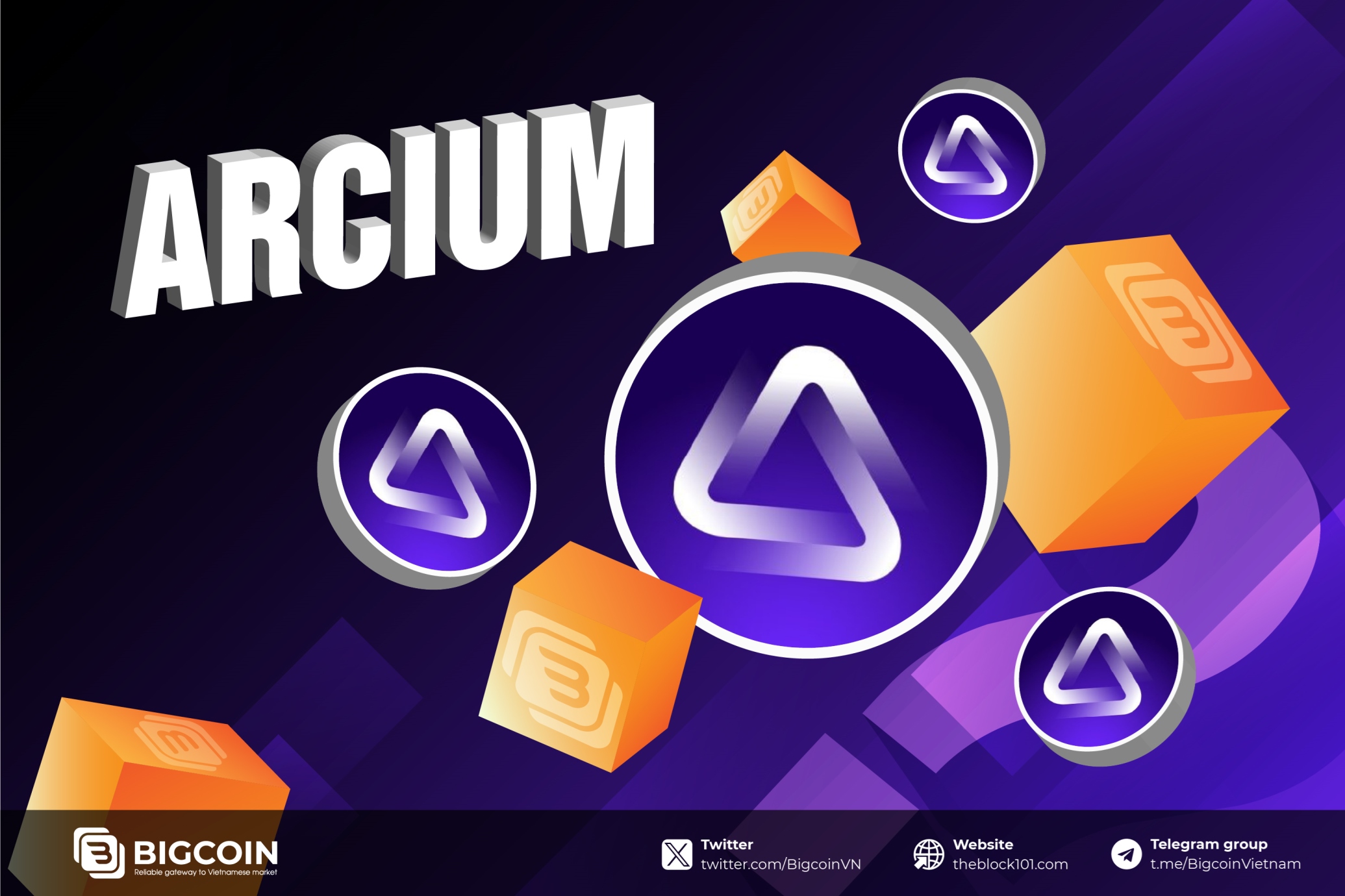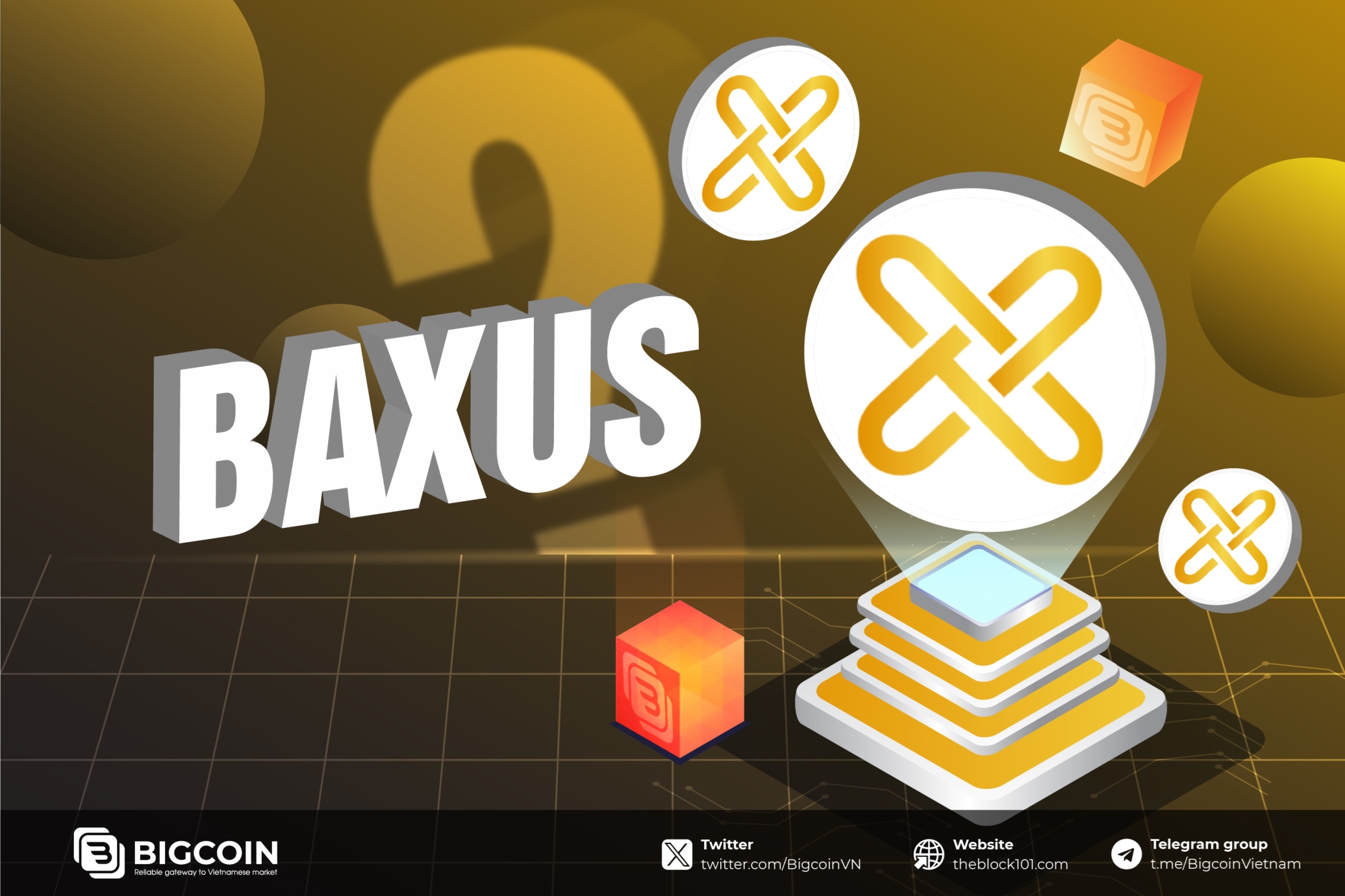1. What is an Airdrop?
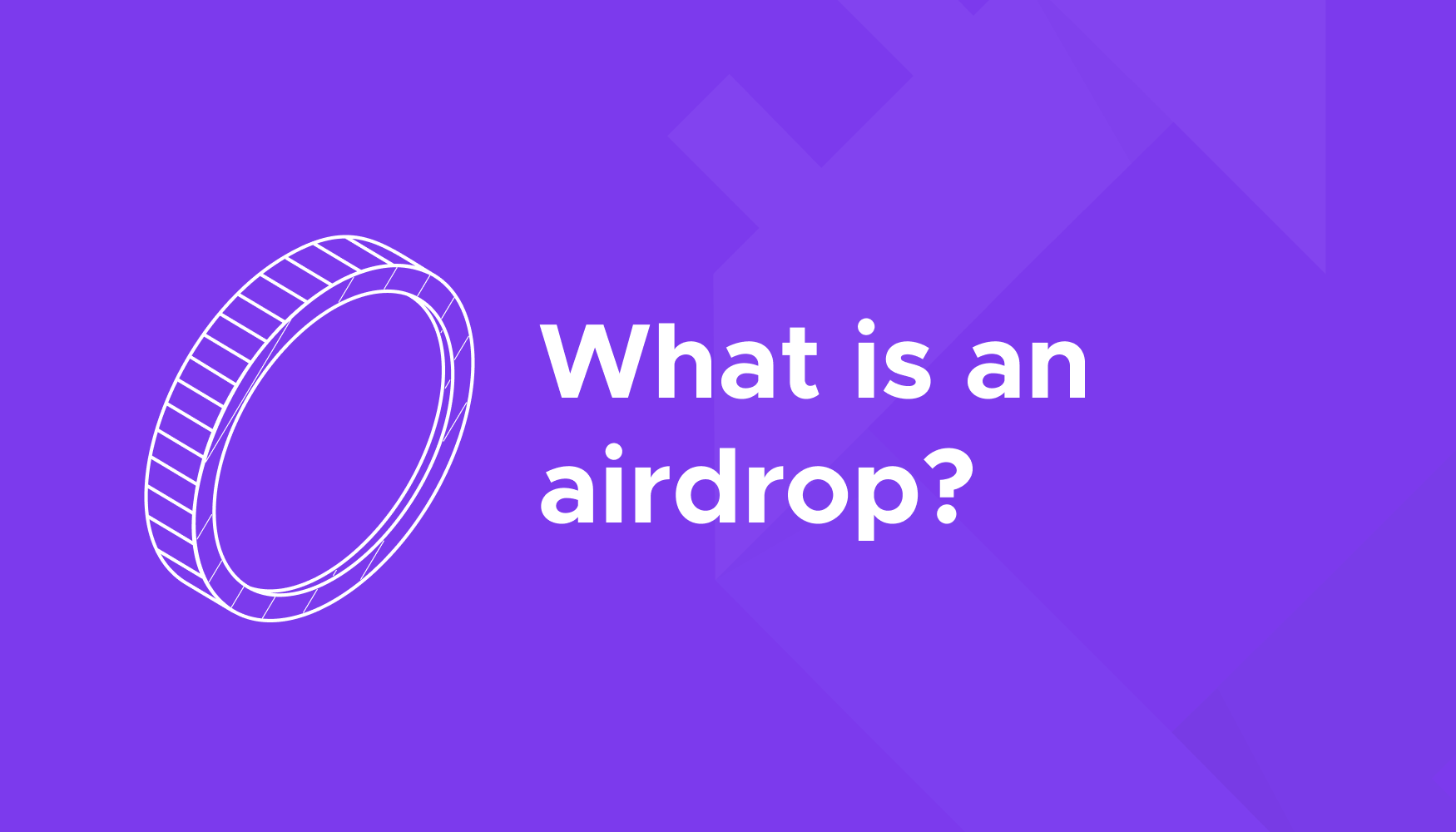
An airdrop is a marketing technique used by blockchain projects to distribute free tokens to the community, typically to generate hype, grow the project's user base, and decentralize token ownership. Participation often involves fulfilling simple tasks such as following the project on social media, sharing posts, or engaging with the project’s platform through wallet connections.
2. How do Solana Airdrops work?
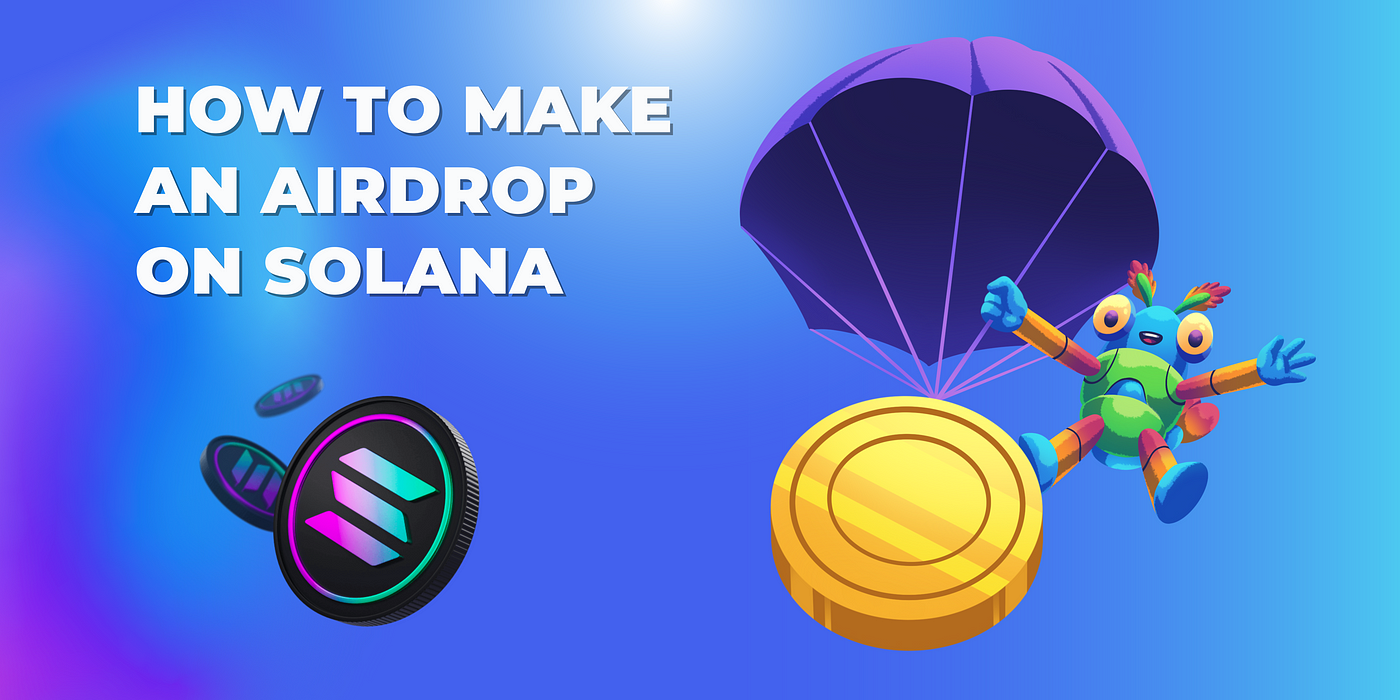
Solana airdrops have gained significant attention due to the network's unique advantages, such as low transaction fees and high-speed processing. Solana’s low-cost environment is a stark contrast to networks like Ethereum, where high gas fees can eat into potential airdrop profits. High-profile Solana airdrops, like the Jito airdrop (worth $225 million) and Bonk's meme coin airdrop (valued at $1.3 billion at its peak), have set the stage for even more lucrative opportunities
Solana airdrops function similarly to other airdrop campaigns, but they benefit from Solana's low fees and fast transactions. Here's how the process typically works:
-
Eligibility Criteria: The project will define what you need to do to qualify. This could include holding a specific amount of SOL in your wallet or completing a series of tasks such as following the project on Twitter or engaging on their platform.
-
Snapshot Time: The project will announce a snapshot time. This is when eligible wallet addresses are recorded. If a project requires you to hold a certain amount of SOL, ensure you meet the criteria before the snapshot deadline.
-
Token Distribution: After the snapshot, eligible users receive the airdropped tokens. In some cases, users will need to manually claim the airdrop through a website or decentralized application (dApp).
-
Trading the Tokens: Once tokens are claimed, users can hold or trade them on exchanges, depending on availability.
3. Top 3 Solana Airdrop Farms in 2024
Here are some of the top Solana-based projects you should consider farming in 2024, with promising airdrop opportunities:
3.1 Meteora

Formerly known as Mercurial, Meteora has shifted from being a decentralized exchange (DEX) on Solana to becoming a liquidity layer dApp. It now focuses on enhancing liquidity and supporting market makers across the Solana ecosystem.
Meteora’s Product Offerings:
-
Dynamic Liquidity Market Maker Pools (DLMM Pools): These pools are designed to offer highly dynamic liquidity for market makers.
-
Dynamic Automated Market Maker Pools (Dynamic AMM Pools): Provide more efficient pricing and liquidity mechanisms.
-
Dynamic Vaults: These vaults aim to optimize capital efficiency and liquidity management.
-
Multitoken Stable Pools: Pools that allow for the provision of liquidity for stablecoins, reducing volatility.
-
Non-Pegged Stable Pools: These pools support liquidity for assets that are not pegged to a fiat currency.
Upcoming Airdrop Proposals
Meteora has announced two community proposals for their upcoming airdrop:
-
Proposal 1: Liquidity providers can earn points at the following rates:
-
1 point per $1 of Total Value Locked (TVL) per day
-
1000 points per $1 of fees earned
-
Proposal 2: Traders purchasing memecoins from eligible Meteora Dynamic Pools can earn points toward the 10% LP Stimulus Proposal (Proposal 1) at a rate of 100 points per $1 of buys.
How to Farm Meteora?
To maximize your chances of earning Meteora’s airdrop, follow these strategies:
-
Engage with the Dynamic Liquidity Market Maker (DLMM) Concentrated Liquidity Pools:
These pools offer the highest potential for earning fees, which are a significant part of earning airdrop points. Concentrated liquidity pools tend to have better fee generation, especially on highly active and liquid markets. -
Asset Pair Selection:
Low-Risk, High-Volume Asset Pairs:
Opt for pairs like JUP/SOL or SOL/USDC. These are high-volume and generally lower-risk, offering more stable returns while minimizing impermanent loss.
High-Risk, High-Reward Memecoin Pools:
For those willing to take on higher risk, memecoin pools may offer significant rewards due to extreme trading volumes. However, this comes with high volatility, significant price slippage, and potential for drastic losses.
In particular, Proposal 2 encourages purchasing memecoins, which could also grant additional airdrop points, but it is essential to understand the potential risks involved. Always conduct thorough research before engaging in high-risk liquidity farming.
3.2 Jupiter Season 2 Airdrop
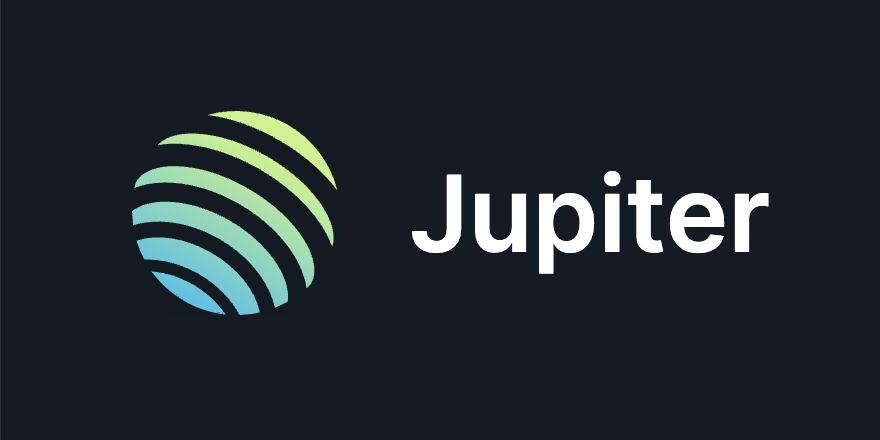
Jupiter, a leading decentralized finance (DeFi) hub on the Solana blockchain, is renowned for its DEX aggregator, perpetual trading platform, and crypto launchpad. Its comprehensive suite of DeFi services makes it a prominent player in the ecosystem. The Season 1 Jupiter airdrop was one of Solana's largest, with a fully diluted valuation (FDV) of $7 billion. Season 2 and subsequent seasons are expected to continue rewarding its growing community.
How to Farm Jupiter Airdrops?
For Season 1, rewards were distributed to active users of the DEX aggregator platform, with a snapshot taken in late 2023. As Jupiter expands with new features like its launchpad and perpetuals trading, the criteria for future airdrop seasons will likely evolve. Below are key strategies for qualifying for Season 2 and beyond:
-
Staking Jupiter Token
The introduction of the Jupiter DAO (Decentralized Autonomous Organization) is a pivotal move, with staking likely to play a significant role in future airdrop eligibility. By staking Jupiter tokens, users can participate in governance proposals, helping to shape the future of the platform. As per Jupiter's updates, the Active Staking Rewards (ASR) aim to incentivize active engagement on the platform, and this is expected to be a critical factor for Season 2 rewards.
-
Jupiter Proof of Attendance Protocol (PoAP) NFTs
Jupiter’s Planetary Calls take place weekly, where participants who attend can receive a Proof of Attendance Protocol NFT. To earn these limited-edition NFTs, users must stake at least 50 Jupiter tokens and attend the calls. These NFTs could become valuable in future airdrops, especially since anti-sybil measures are in place to prevent abuse, ensuring that only legitimate users receive the rewards.
-
Trading and Providing Liquidity on Jupiter’s Perpetual Exchange
Given that Jupiter’s perpetual exchange is a major revenue driver, traders and liquidity providers on this platform may be rewarded in future airdrop seasons. Since Jupiter charges zero fees on its DEX aggregator, engaging with the perpetual exchange or depositing liquidity into the Jupiter Liquidity Pool (JLP) is an excellent way for users to passively participate and earn rewards.
3.3 Tensor Season 4 Airdrop
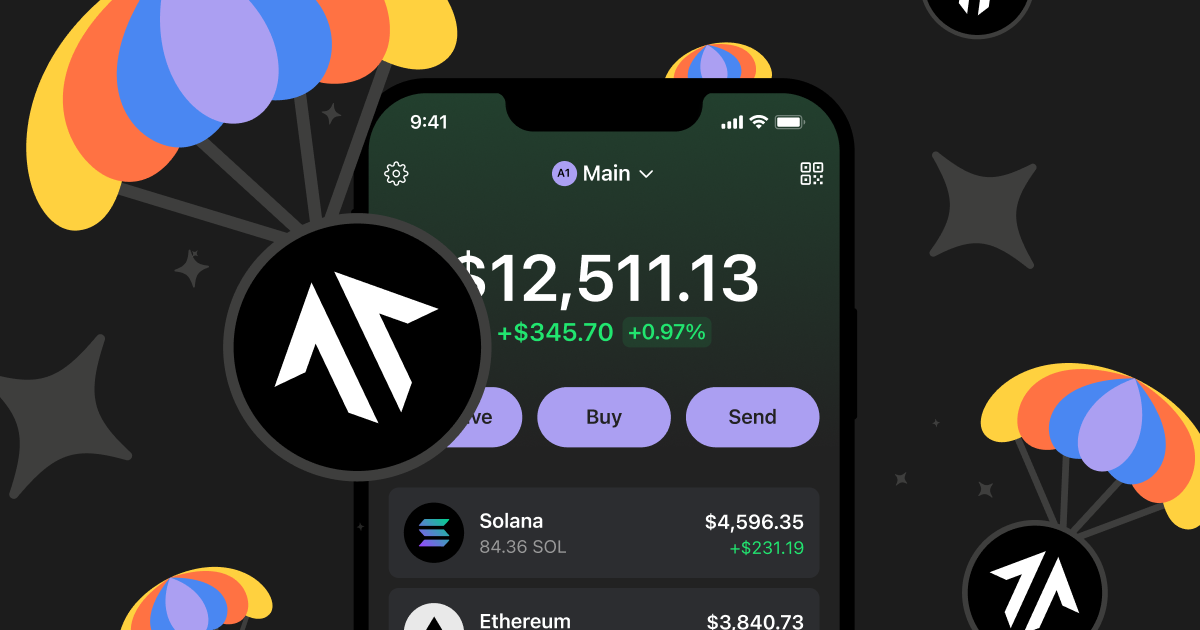
Tensor is a prominent NFT marketplace on Solana, often compared to Magic Eden as a major player in the space. The fourth season of Tensor's airdrop began in April 2024 and is set to run until December 2024. Tensor continues to reward active users and traders within its ecosystem, providing opportunities to farm rewards through a variety of activities on the platform.
To maximize your chances of earning Tensor's airdrop, consider the following strategies:
-
Buy a Tensorian NFT
Purchasing a Tensorian NFT is one of the primary ways to farm this airdrop. This NFT grants users eligibility for the airdrop, and you can also use it for other activities on the platform. -
Utilize the Price Lock Feature
Tensor offers a price lock feature that allows you to go long or short on NFTs. Engaging with this feature is a good way to farm rewards, as it adds an additional layer of interaction with the platform's ecosystem. -
Bid on the Top 25 NFT Collections
Bidding on high-performing NFT collections on Tensor will increase your activity on the platform, making you eligible for more rewards. Focusing on the top 25 collections is a way to target assets with strong demand and market potential. -
Use the Fund Lock Function (Liquidity Providing)
Another option to farm the airdrop is to provide liquidity by locking funds into Tensor’s NFT liquidity pools. This can potentially generate rewards, as it involves active participation in the marketplace's liquidity provisioning.
4. Conclusion
To wrap up, if you’re looking to dive into airdrop farming, Meteora and Jupiter are solid starting points based on the insights from this article. For those who are considering additional trading capital, platforms like Phoenix Trade and Backpack Exchange could also be worth exploring.
However, it's crucial to remember that airdrop farming is a speculative strategy, and the risks involved should not be underestimated. This article is meant to provide insights and information, not specific financial advice. As always, make sure to conduct your own research (DYOR) before engaging with any decentralized applications (dApps) or making investment decisions.
Read more:

 English
English Tiếng Việt
Tiếng Việt.png)

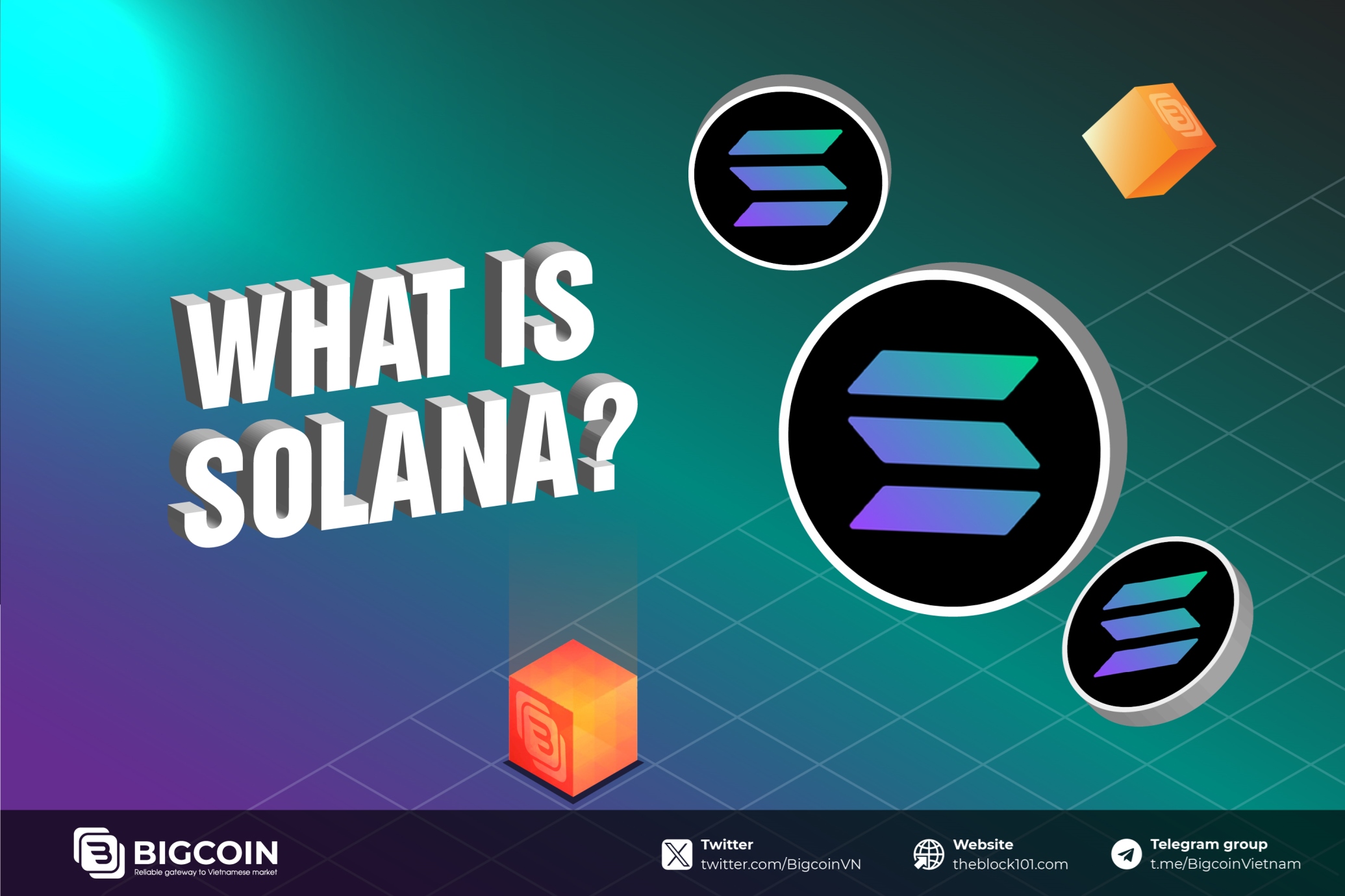





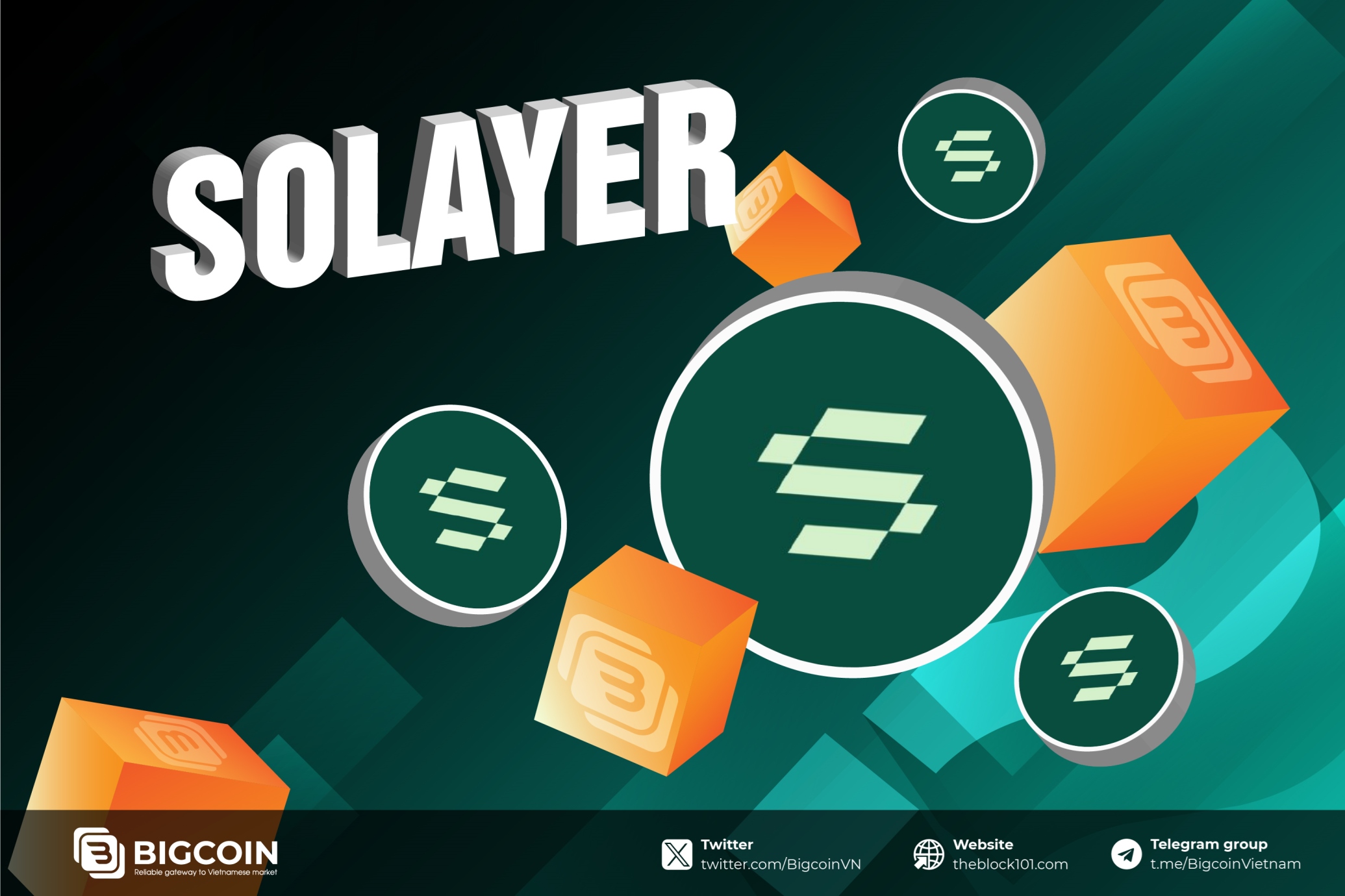
.jpg)
